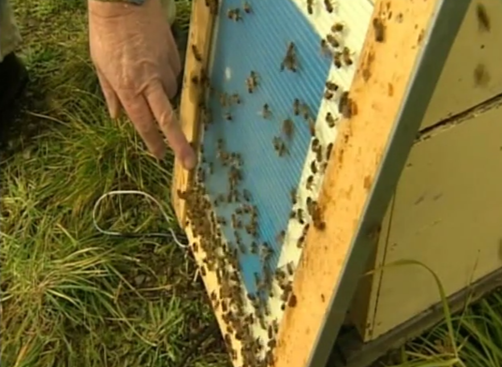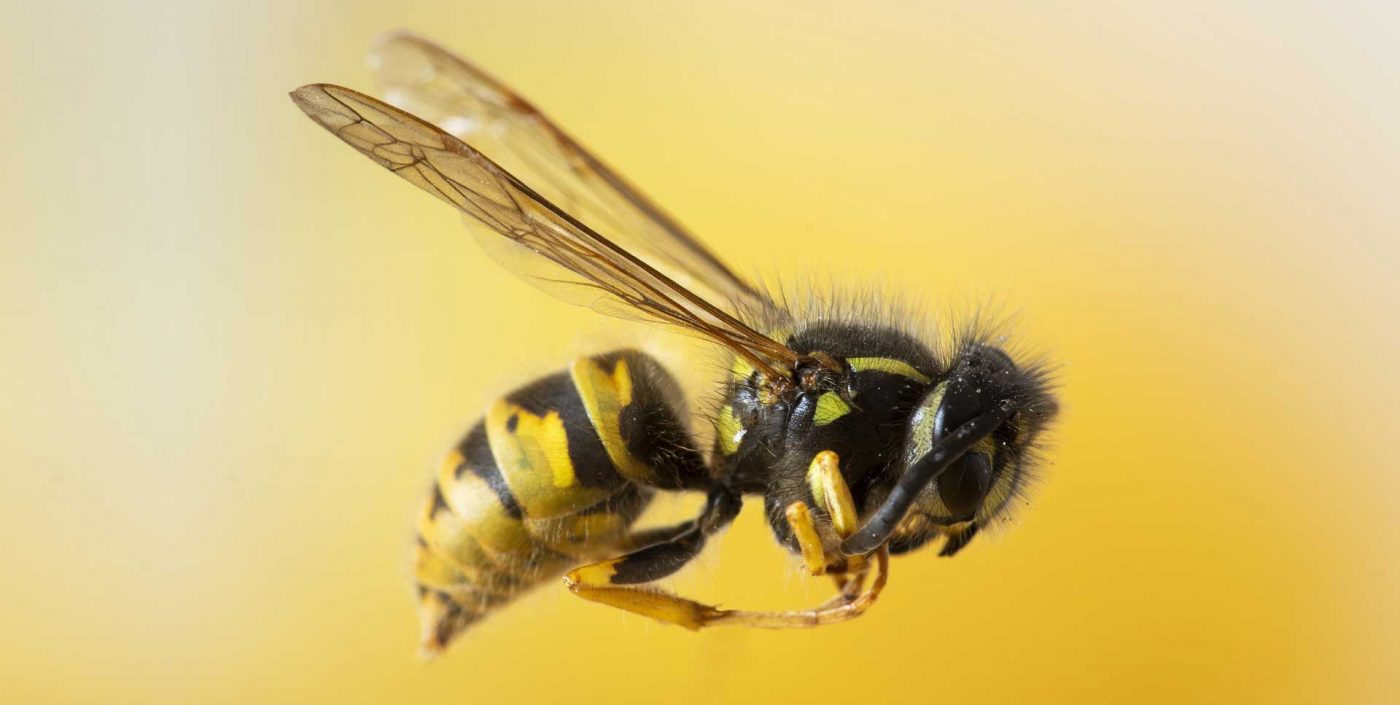SCIENCE OF BEE VENOM
Bee venom composition
Bee Venom composition and strength varies between Honeybee species and small variances are identifiable between bee breeds and locations.
Bee Venom contains a variety of peptides, including melittin, apamin, adolapin, the mast-cell-degranulating (MCD) peptide, enzymes (i.e., phospholipase [PL] A(2)), biologically active amines (i.e., histamine and epinephrine), and nonpeptide components which have a variety of pharmaceutical properties.
Bee Venom’s unique composition has multiple effects on the body. The natural components of Bee Venom have been isolated and studied scientifically and one of the most important components has been identified as Melittin. Making up about 50% of the Bee Venom.

Bee venom extraction
The Bee Venom used in Nectar Balm is extracted exclusively from the Apis Melifera species of Honeybee. Bee Venom is extracted from Honeybees using low voltage electrical stimulation. Beekeepers use a so-called collection frame which has wire electrodes installed that have a low electrical current running through them on a glass base, just like in the picture above. These frames are installed in honey hives and bees that come into contact with the wire electrodes will receive a small electrical shock. This causes bees to sting the glass, releasing the venom without losing their barbed sting (which usually results in bee deaths).
Once the collection process has finished, the Bee Venom dries on the glass, then the whole frame is transported to a laboratory to collect the venom.
Further reading
The National Center for Biotechnology Information (NCBI) offers a great source of published research about Bee Venom.
The beneficial effects of honeybee-venom serum on facial wrinkles in humans. http://www.ncbi.nlm.nih.gov/pubmed/26491274


